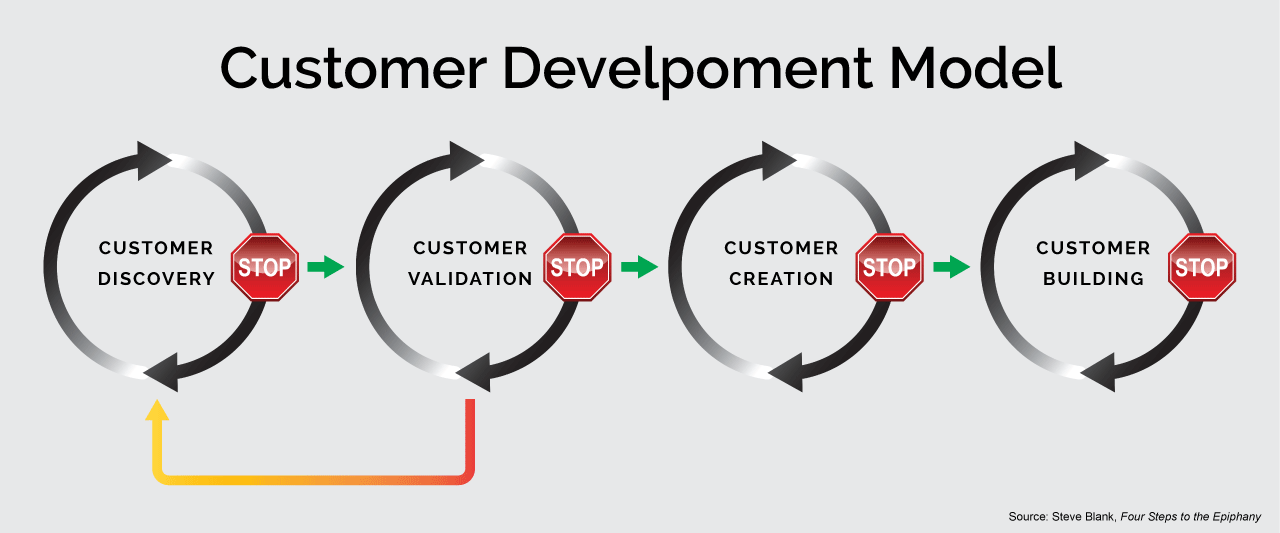
Creating a market? Start with the customer.
Earlier this week I was asked to talk about Creating Markets with a group of seed-funded start-ups from King Abdullah University of Science and Technology (KAUST) in Saudi Arabia. They were attending a Silicon Valley boot camp led by folks from UCSF and Haas. This was an extremely impressive group of PhD scientists and XYZ, each pioneering research and commercialization of potentially world-changing innovation in agriculture, manufacturing, medical or environmental science.
And, yet, even some in this illustrious group challenged the idea of prioritizing a customer segment. “Why must I pick one audience to target? Our solution is useful to everyone.” True, the concept in question does have massive potential for a wealth of applications, but the issue at hand is not how it will be positioned five years from now, but rather where he will attack the market today. That said, if someone this brilliant has this question…it’s probably useful to outline the entire train of thought.
Why choose?
Selling is not easy. Selling something unfamiliar and unproven is typically even more difficult. This is what leads entrepreneurs to seek areas of pain. To find an unfulfilled need. A problem that their innovation can solve.
But finding a problem to solve isn’t enough … you have to get the word out to potential buyers. And, as any successful salesperson knows, this requires using the customer’s language. It may be a problem unique to a specific vertical industry, or it might be a need felt by people with a specific job function (e.g. HR Director or CFO). Either way, a persuasive conversation is tailored to that audience.
For early-stage companies, it is particularly critical to choose a priority segment as chances are the product has yet to fully address the needs of that audience. Designers, developers or scientists will be called back to the drawing board to address a small but important gap in the offering. And, the more customers you talk with, the more “small gaps” will surface. This is why Steve Blank and subsequently many others champion the Customer Development Model. The approach recognizes that taking a disruptive product to market requires an iterative process of hypothesis, product development, customer inquisition and feedback, product refinement … round and round until a successful match has been made. (Source: Steve Blank, Four Steps to the Epiphany.)
A new venture is unlikely to have the money to sustain development during the lengthy development phase if resources are spread too thin. Rather, by prioritizing a customer segment, they can focus their energies on designing a version of product needed by that audience … and get it to market that much more quickly where it can start generating revenue.
Then what?
In Crossing the Chasm, Geoffrey Moore coined this phase the “Bowling Alley.” Just like picking off the pins in a lane, a wise entrepreneur seeks that pin — or first segment — that offers the most leverage for knocking down the next pins. Leverage comes from that first success.
In the end, I’m pretty sure I did not persuade my inquisitor. So, chime in … What would you have said?

